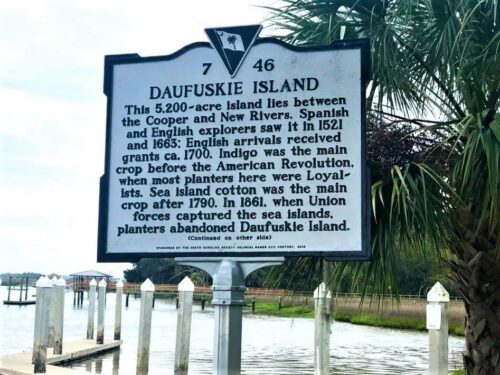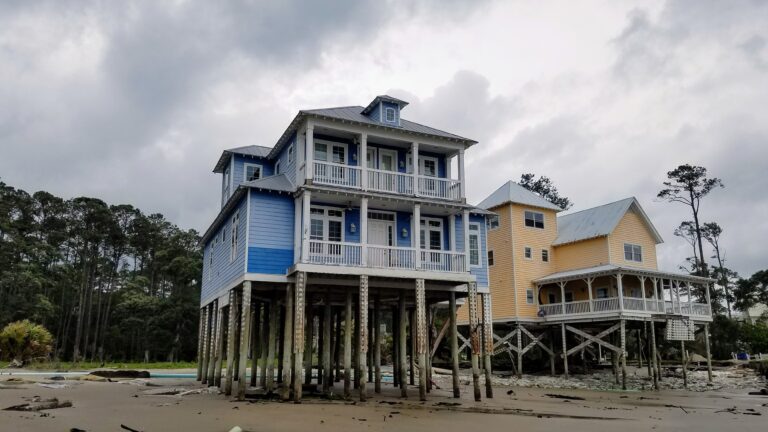Traveling for Vein Treatments? Here’s What to Know Before and After
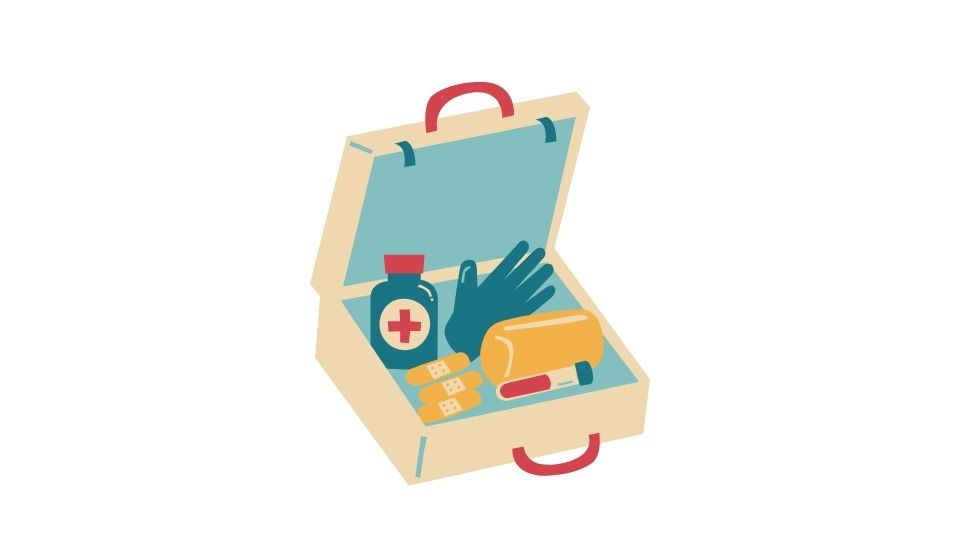
Ever wondered if hopping on a plane for vein treatment is worth it? You’re not alone. More people are traveling for specialized vein care, better prices, or cutting-edge procedures they can’t get at home.
Let’s break down what this journey looks like – from research to recovery – so you can decide if medical tourism for your veins makes sense.
The Complete Guide to Traveling for Vein Treatment
Before You Book That Flight
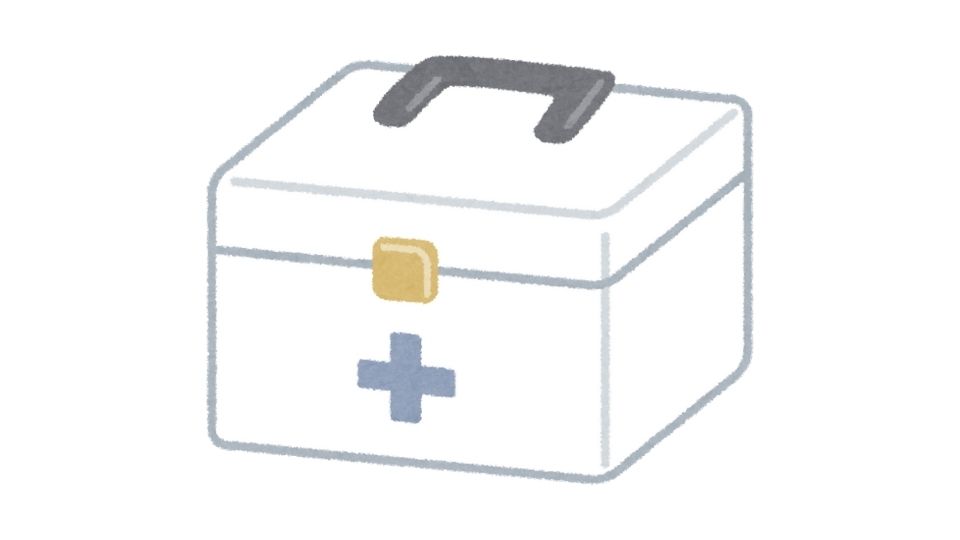
Research is Your Best Friend
Vein treatments come in all flavors – from minimally invasive procedures like endovenous laser ablation (that zaps veins shut from the inside) to sclerotherapy (where they inject solution to collapse those spider veins) to more serious surgeries like vein stripping.
Don’t just pick the first clinic that pops up on Google. Look for board-certified specialists with tons of experience and happy patients. Mayo Clinic’s vascular center is a great resource to understand what credentials matter when choosing a vein doctor.
And hey, make sure they actually have a plan for out-of-town patients. Nothing worse than being 500 miles from home with a complication and no doctor who remembers you!
Virtual Consults Are Your Friend
Most good vein clinics offer video consultations now. Take advantage! This helps you:
- Get an initial assessment without traveling
- Learn if you’re even a good candidate
- Understand costs (super important since insurance coverage varies wildly)
- Get clear pre-treatment instructions
Timing is Everything
The good news? Most modern vein treatments require minimal downtime. Many people can fly home the next day after procedures like sclerotherapy or endovenous ablation.
But if you’re having more serious work done (like vein stripping), you might need to stick around for a few days. Plan accordingly and don’t schedule important meetings or events right after you get back home.
Pack Smart: Compression is Key
Compression stockings are non-negotiable after vein treatment. These tight socks reduce swelling, help with healing, and prevent blood clots. Pack them along with:
- Any prescribed medications
- Ice packs (or plan to buy some there)
- Loose, comfortable clothing
- Walking shoes (you’ll need to stay mobile!)
According to the Society for Vascular Surgery, compression therapy is one of the most important elements of successful vein treatment recovery.
During Treatment and Right After

Most vein treatments today are surprisingly quick. You’ll typically be in and out in under two hours, and many procedures take just 30-45 minutes.
What to expect:
- You’ll be awake during most procedures
- You can walk immediately after most treatments
- Mild discomfort is normal (think bruising and tenderness)
- Ice will be your best friend for the first 48 hours
The coolest part of modern vein treatments? They’ve figured out how to close problematic veins so your body naturally reroutes blood through healthier ones. Science is amazing!
Managing the Not-So-Fun Stuff
After treatment, you might experience:
- Swelling (hence the compression stockings!)
- Bruising (can last 2-3 weeks)
- Soreness or tightness
- Itching around treated areas
These symptoms are usually mild and fade within days. Ice the area for 20 minutes at a time to help with discomfort. And don’t be alarmed by some bruising – it’s completely normal.
The Do’s and Don’ts
DO:
- Wear those compression stockings religiously
- Take short walks throughout the day
- Elevate your legs when resting
- Follow wound care instructions exactly
DON’T:
- Sit or stand still for long periods
- Take hot baths or hit the sauna
- Do intense exercise for at least a week
- Expose treated areas to direct sunlight
According to Johns Hopkins Medicine, avoiding sun exposure after vein treatment is crucial to prevent dark spots from forming.
The Recovery Road
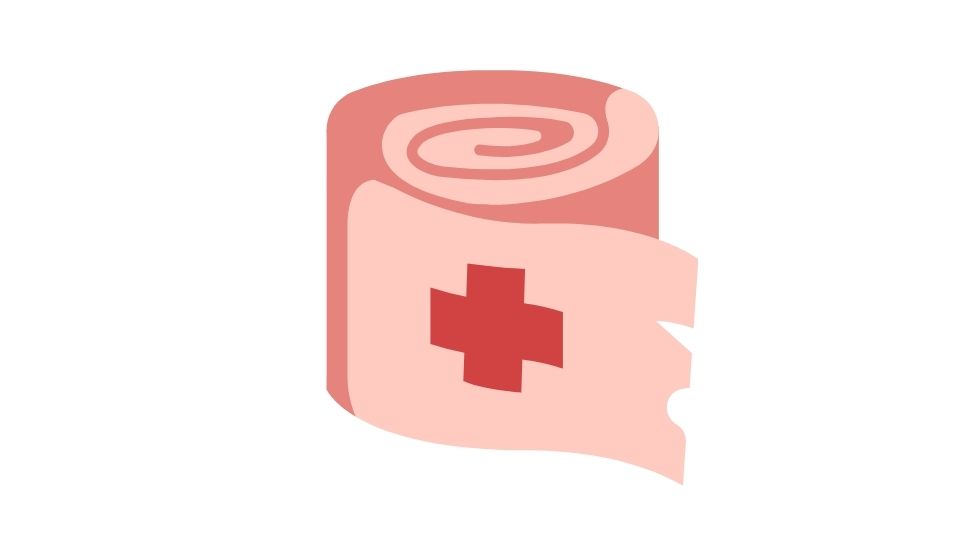
Back to Normal (Almost)
Most people can resume normal daily activities within 24-48 hours after minimally invasive vein treatments. That’s crazy fast compared to traditional vein surgeries of the past!
Light walking is not just allowed – it’s encouraged right away. But save the marathon training or heavy lifting for at least 1-2 weeks.
The Full Healing Timeline
While you’ll feel pretty normal quickly, complete healing takes time:
- 1-2 days: Initial discomfort subsides
- 1 week: Most bruising and tenderness improves
- 2-4 weeks: Treated veins start to fade significantly
- 1-3 months: Final cosmetic results become visible
Some people need multiple sessions for optimal results, especially for spider veins. Be patient – good things come to those who wait!
Compression: Not Just a Fashion Statement
Continue wearing compression stockings as directed – typically 3-6 weeks depending on your treatment. The American Venous Forum recommends consistent compression as one of the best ways to prevent vein problems from returning.
Habits for Healthy Veins
Once you’ve invested in vein treatment, protect that investment:
- Stay active (walking is perfect)
- Maintain healthy weight
- Elevate legs when possible
- Avoid prolonged sitting or standing
- Consider compression for high-risk activities
Special Travel Considerations
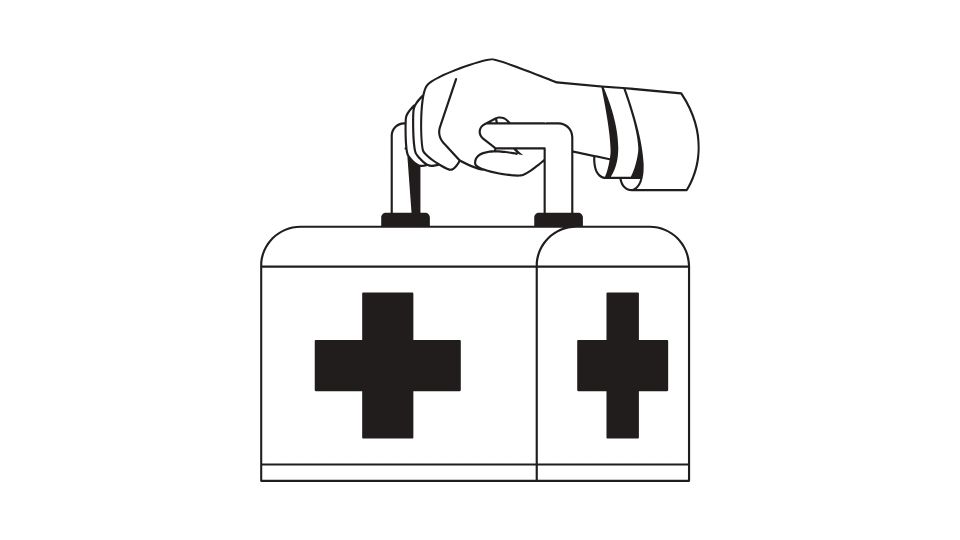
Flying After Treatment: Proceed with Caution
If you’re flying home after treatment, wait at least 24 hours if possible. The pressurized cabin and sitting for hours isn’t ideal for fresh vein treatments. When you do fly:
- Wear compression stockings during the entire flight
- Get up and walk the aisle every hour
- Stay super hydrated (skip the alcohol and coffee)
- Do seated ankle exercises frequently
Your Recovery Headquarters
If staying overnight, choose accommodations wisely:
- Pick a hotel close to the treatment center
- Ensure it has elevator access if needed
- Consider a ground floor room
- Make sure there’s a fridge for ice packs
Emergency Plan
Before traveling, make sure you have:
- Your doctor’s direct contact information
- Knowledge of the nearest emergency facility
- Understanding of what complications warrant immediate attention
- Insurance information readily available
In Summary
Traveling for vein treatment can be totally worth it if you’re seeking specialized care or better pricing. The good news is that most modern vein procedures are minimally invasive with quick recovery times, making them travel-friendly.
The keys to success? Do your homework on providers, understand exactly what your procedure and recovery entail, and follow all post-treatment instructions religiously (especially that compression stocking part – seriously, don’t skip it!).
With proper planning, you can get those veins fixed and be back to your normal life faster than you might think – maybe even with a little vacation mixed in!


